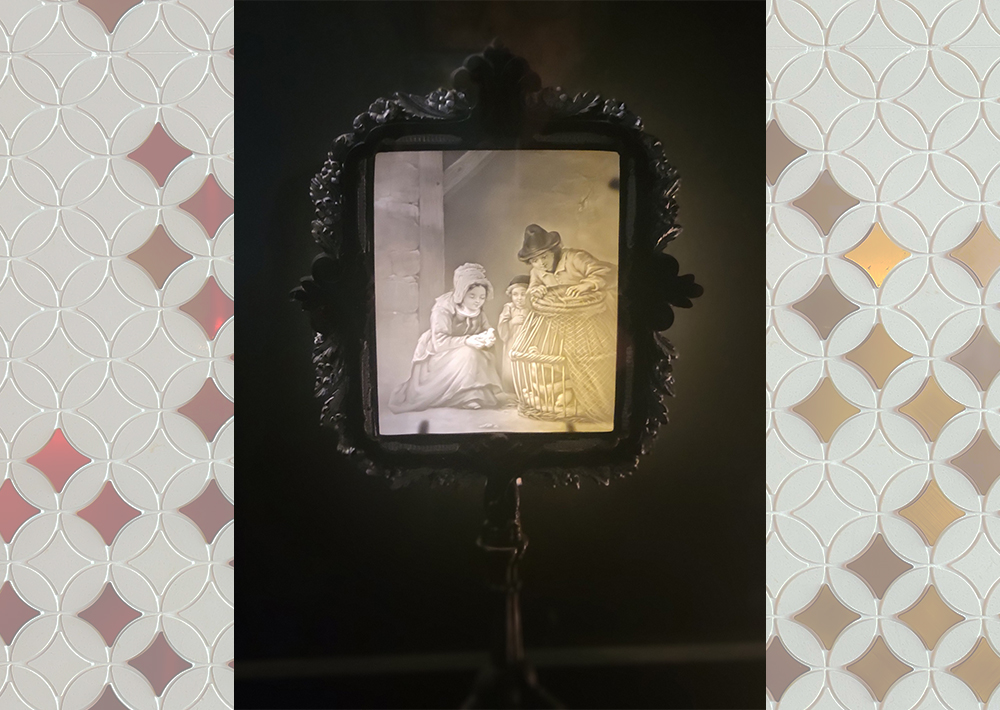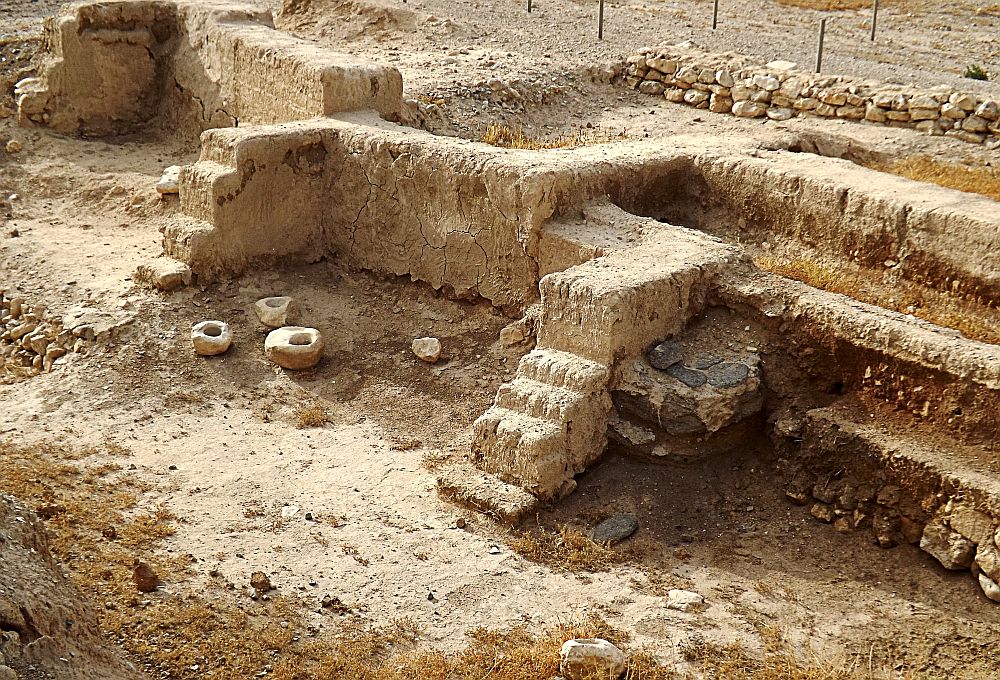
“Massive open online courses” initiatives will not be confined to the West. India, via YouTube, has just launched a fairly impressive array of free, organized, undergraduate-level lectures that appear to be aimed, in large part, at providing broad public access to fundamental materials science and engineering topics, including a separate series of 50-60 minute lectures that focused on basic core glass and ceramics topics.
The reference to “India” isn’t a generic term; these online courses are part of an impressive national effort to broaden access to science and engineering education opportunities that stems from a specific policy and the creation of the country’s National Program on Technology Enhanced Learning (NPTEL). According to a 2007 agency document (pdf), NPTEL is “a project funded by the Ministry of Human Resource Development [that] was first conceived in 1999 to pave the way for introducing multimedia and web technology to enhance learning of basic science and engineering concepts. …The broad aim of the project NPTEL is to facilitate the competitiveness of Indian industry in the global markets through improving the quality and reach of engineering education.”
One of the key NPTEL strategies is to leverage the knowledge and communications infrastructure of the Indian Institutes of Technology (IIT), the Technical Teacher Training Institutes (TTTI), and the Indian Institute of Science (IISc). During what it describes as “Phase 1,” NPTEL developed an initial set of videos and over 260 web-based courses available only through its website. With Phase 2, the program has expanded the availability of offerings to YouTube and is attempting to expand the course offerings to over 1,000 topics.
For example, the IIT and IISc in recent days have posted their “Processing of Non Metals” modules, which includes two lectures on “Engineering Materials and Processing,” plus specific series on glass (Module 2), ceramics (Module 3), and ceramic matrix composites processing (Module 6). Modules on plastics, polymers, and secondary processing of composite materials are also offered.
Here are some of the relevant videos (note: these can all be found on YouTube, directly, but NPTEL has aggregated links for the modules and lectures on a single page.
Mod-01 Lec-01 Engineering Materials and Processing Techniques: Introduction
Mod-01 Lec-02 Properties of Non-Metals
Mod-02 Lec-01 Glass Structure and Properties
Mod-02 Lec-02 Glass Processing—I
Mod-02 Lec-03 Glass Processing—II
Mod-03 Lec-01 Ceramics: I
Mod-03 Lec-02 Ceramics: II
Mod-03 Lec-03 Ceramic Powder Preparation
Mod-03 Lec-04 Ceramic Powder Preparation—I
Mod-03 Lec-05 Processing of Ceramic Parts—Pressing
Mod-03 Lec-06 Processing of Ceramic Parts—II
Mod-03 Lec-07 Ceramics: Secondary Processing
Mod-06 Lec-01 Ceramic Matrix Composites
Mod-06 Lec-02 Ceramic Matrix Composites: Fundamentals and Properties
Mod-06 Lec-03 Powder Processing: Ceramic Matrix Composites
Mod-06 Lec-04 Chemical Vapor Infiltration
Mod-06 Lec-05 Ceramic Matrix Composites: Processing—1
Mod-06 Lec-06 Ceramic Matrix Composites: Post Processing
While the production values of the videos aren’t groundbreaking, and are along the lines of a talking head and PowerPoint slides, this still seems to be a remarkable effort (although I would definitely delete the spinning NPTEL logo that appears throughout each lecture). Most of the lectures feature Inderdeep Singh, an assistant professor in mechanical and industrial engineering from IIT Roorkee.
In addition, within the past few days, NPTEL also has posted courses on chemical engineering design, special topics in atomic physics, spintronics, fuel cell technology, nuclear science and engineering, hypersonic aerodynamics, and advanced engineering thermodynamics.
Finally, NPTEL is starting to establish a schedule of “live” online courses during certain weeks of 2013. The courses will consist of two live online lectures (with quizzes) per week, plus graded assigned topics, midterm and final exams, discussion forums, and assistance from TAs. NPTEL is using Adobe’s Connect e-learning system to deliver these courses. While NPTEL says it only can provide a certificate for successful completion of the courses, it also is encouraging colleges and university to provide course credit wherever possible.
Speaking of India, I should point out that The American and Indian Ceramic Societies have been working to increase their ties and exchanges between the two organizations. As part of this cooperative effort, one of my colleagues, Megan Bricker, ACerS membership and marketing director, leaves tomorrow for an extended trip to India to confer with InCerS leaders and attend the Global Ceramics Leadership Roundtable Conference in Greater Noida. ACerS Immediate Past President George Wicks, plus Jay Singh and Tatsuki Ohji, leaders from the Society’s Engineering Ceramics Division, will join Bricker on this trip.
Bricker has promised to correspond with us during her trip, and I look forward to her reports.
CTT Categories
- Education
- Market Insights
Related Posts
Lithophanes: Dedicated museum sheds light on these porcelain artworks
November 13, 2025
The urban fabric of brick—Part 3: Innovations and the future of design
November 11, 2025
The urban fabric of brick—Part 2: Ancient brick history
October 28, 2025


